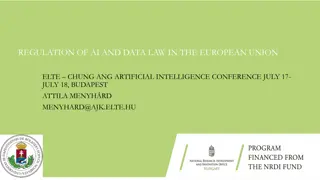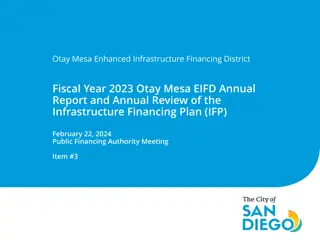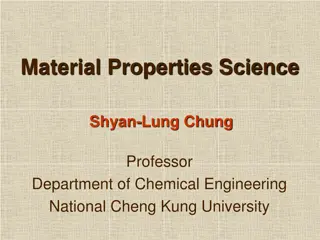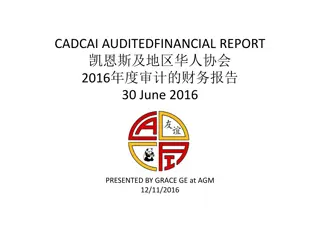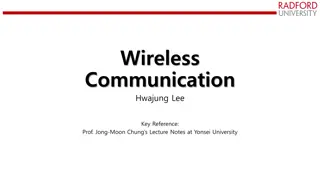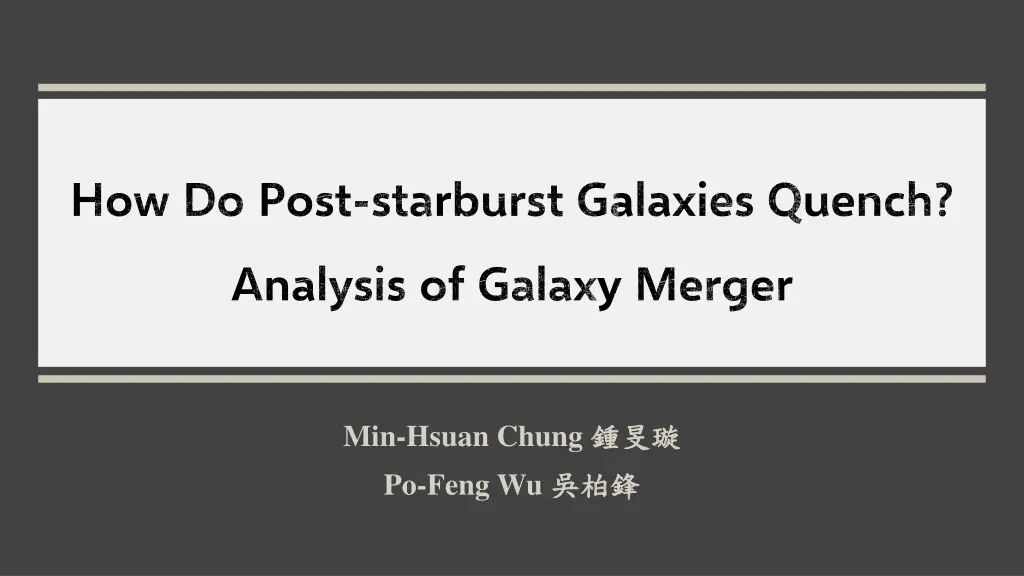
Understanding the Quenching Process of Post-starburst Galaxies
Explore the quenching mechanism of post-starburst galaxies through the analysis of galaxy mergers. This research delves into the rapid quenching of star formation in these galaxies and the evolution towards quiescence, shedding light on the role of mergers in their transformation. Discover the distinct characteristics and trends observed in post-starburst galaxies compared to normal galaxies, providing insights into their evolutionary pathways.
Download Presentation

Please find below an Image/Link to download the presentation.
The content on the website is provided AS IS for your information and personal use only. It may not be sold, licensed, or shared on other websites without obtaining consent from the author. If you encounter any issues during the download, it is possible that the publisher has removed the file from their server.
You are allowed to download the files provided on this website for personal or commercial use, subject to the condition that they are used lawfully. All files are the property of their respective owners.
The content on the website is provided AS IS for your information and personal use only. It may not be sold, licensed, or shared on other websites without obtaining consent from the author.
E N D
Presentation Transcript
How Do Post-starburst Galaxies Quench? Analysis of Galaxy Merger Min-Hsuan Chung Po-Feng Wu
Post-starburst Galaxy (PSB) Starburst Post-starburst SFR Rapid quenching Star-formation Queiscent Evolution time Rapid quenching galaxies: SFR decrease only in recent 100 Myr The spectra dominated by typeAstar (E+Agalaxy) 2
The opposite trend of H??of PSB than the control sample (D Eugenio et al., 2020) PSB near starburst Normal galaxies PSB have higher fraction in AGN, and highest in near starburst. (Yesuf et al., 2014) 3
In this research Understanding the quenching process of galaxies (0.01<z<0.1) Take a look at inner evolution The whole picture of evolution for the rapid quenching galaxy Improve the understanding of the PSB near starburst The relation between PSB and merger 4
Data and Sample SDSS MaNGA DR17 Integral field units (IFU) for resolved spectrum PSB in different phase (Yesuf et al. 2014) End of starburst Control sample Obscured PSB (OPSB) 3 < EW H?em 175 , EW ?????> 4 f12 m> 200 f0.2 m, f4.6 m> 0.85 f3.4 m Similar EW H?em M For each PSB sample selected Fading PSB (FPSB) 3 < EW H?em 175 , EW ?????> 4 NUV G color and EW(H?) > 2? PSB Quenched PSB (QPSB) Nearly quiescence EW H?em< 3 , EW ?????> 4 5
starburst quiescent Control sample OPSB FPSB QPSB The fraction of tidal feature is higher in PSB, and decreasing over time QPSB have the highest fraction of Seyfert 6
SFR and Av are decreasing over time starburst quiescent There is higher A? in the center of OPSB Control sample OPSB FPSB QPSB There may be amount of gas gathered in center of OSPB 7
starburst quiescent Control sample OPSB FPSB QPSB There is a negative trend for QPSB which means the outside-in process of evolution Normal galaxies present the inside-out process for evolution 8
Hopkins, et al. (2007) Higher SFR in center starburst quiescent Gathering gas in center OPSB FPSB QPSB Galaxy merger Outside-in process Higher fraction of tidal feature 9
Summary The fraction of tidal features in PSB is higher than that in the control sample and decreases over time. However, QPSB has the highest fraction of Seyfert. SFR and AVdecrease over time and are higher in the center of OPSB. When near a starburst, a lot of gas may have gathered in the center. There is an opposite trend in QPSB than control sample. It means PSB has an outside- in process for evolution. Galaxy merger can cause galaxies rapidly quenching. 10

